Youve probably eaten nuts for most of your life, as most people have, but perhaps assumed that they are difficult to grow or that they require a special climate to thrive. Maybe youve been growing your own fruit and vegetables for a while and are wondering what it takes to grow nuts? Or youve increasingly heard how healthy it is to eat nuts? Well, this book is designed to help you discover what nuts are available, and how to grow, harvest and process them so that you can cultivate your own delicious and bountiful crops.
What is a nut?
A nut is a hard-shelled fruit containing an edible kernel that is a powerhouse of nutrients. The shell can be thick and tough, as with walnut or hickory nuts, or leathery like sweet chestnuts. The kernel is surrounded by a thin skin called the pellicle, which is sometimes bitter when fresh and becomes papery when dry. The whole nut itself is borne within a burr, husk or other structure prickly sweet chestnut burrs are a well-known example. The burr or husk may split to release the nut at ripening (as with walnuts), or the whole structure may fall to the ground intact (as with heartnuts).
Why grow your own nuts?
There are many good reasons for cultivating nut trees.
Nutritious and flavourful food
Since prehistory, nut trees have been used as a source of food as well as other materials. Indeed your ancient ancestors are likely to have depended on nuts as one of their staple foods for thousands of years. Centuries of deliberate cultivation and selection are documented for plants such as walnut, and these have led to the thin-shelled nuts we know today. However, there has been little selection for species such as hickories, and the thick-shelled nuts are nearer to their wild state.
Nuts are one of the most nutritious foods available, so it is little wonder they remain a valued food today. High in calories, nuts complement other foods including fruit and most vegetables. Some nuts are high in carbohydrates, like sweet chestnuts, and are in effect a tree grain. Others, like walnuts, contain abundant healthy oils, which can be extracted for use in cooking.
Nuts are also full of minerals, vitamins and antioxidants, and in recent years theres been a significant amount of medical research showing the health benefits of eating oily nuts like walnuts. In fact we may all be healthier if we ate less carbohydrates and more healthy oils such as those in nuts. The Australian Nuts for Life programme has recently prompted health officials to include oily nuts on the recommended list of daily foods, and there is no doubt that the health benefits of nuts will soon become better known everywhere. In 2015 new research has shown that
 eating 56g (2oz) of walnuts per day improves blood vessel wall function and cholesterol levels, reducing the risk of heart disease;
eating 56g (2oz) of walnuts per day improves blood vessel wall function and cholesterol levels, reducing the risk of heart disease;
 regular nut consumption is associated with reduced mortality, reduces the incidence of diabetes and helps glycaemic control in those with type 2 diabetes.
regular nut consumption is associated with reduced mortality, reduces the incidence of diabetes and helps glycaemic control in those with type 2 diabetes.
As well as nutritional benefits, theres also flavour to consider. Anybody who grows some of their own food knows how much better it tastes when picked fresh from the garden than bought from a supermarket, and the same goes for nuts. Local, home-grown nuts are generally much better quality than shop-bought imported varieties, and their superior flavour may surprise you! Just like fruit varieties, many nut varieties have been selected and flavour is one attribute they have been selected for, so cultivated nuts often taste (and crop) better than wild collected ones.
Low maintenance
Growing tree crops, whether fruits or nuts, always involves less work than growing low-growing vegetables or arable crops. You only have to plant trees once. After they are established, they dont suffer terrible competition from weeds, they can tolerate droughts and short floods, and usually only need minor maintenance in addition to harvesting the crop.
Sustainability
Like most shrub- or tree-based systems, growing nuts is inherently more sustainable than cultivating carbohydrate crops such as cereals or oil crops such as oilseed rape, because nut crops require low energy inputs. Most importantly, a tree crop system does not require soil cultivation (or at most only between the tree rows), which is one of the major factors making annual-based agriculture less sustainable in energy terms.
Nuts as multipurpose trees
Some nut trees are grown for other uses apart from their nut harvest.
Timber. Hickory, sweet chestnut and walnut are especially valued for their timber. If timber production is a long-term aim, then trees should be trained with a minimum of 3m (10') of clear trunk. Using nurse trees can help achieve good straight form. There can be a trade-off here, though, as timber trees grow straightest when packed closely together, whereas widely spaced trees are best for nut production.
Sap. Tree sap can be tapped from the hickory and walnut families, just like sap is tapped from birches and maples, and be used in the same ways to make syrup and wine, etc. Tapping will slow down tree growth and can only start when trees are over 20cm (8") in diameter.
Edible mushrooms. If any trees are coppiced or pollarded, the branches can be used to grow edible mushrooms such as shiitake.
Honey. Almond and sweet chestnut orchards are highly valued by beekeepers, who usually move hives into them prior to flowering.
Dyes. The husks of some trees (e.g. walnut family) and bark of others (e.g. oak) have long been used as dye and are still used commercially.
Medicinals. Ginkgo leaves are well known for increasing blood flow in the brain. Walnut leaves also have a long history of being used for their fungicidal properties.
Examples of many other uses are given in the species listing in .
The more food we can get from trees or shrubs, the more resilient our food growing will be, not just with respect to pests and diseases but also to climate change. With climate, what damages plants isnt so much gradually rising temperatures but extreme climatic events floods, droughts, hurricanes, and so on. These extreme events are becoming more frequent, and the plants most susceptible to damage are annuals with their weak root systems. Trees and shrubs are much more tolerant.
Suitable for gardens and commercial orchards
Nut plants vary from medium-size shrubs to large trees, and there is something to fit any size of site, climate, location and growing method.

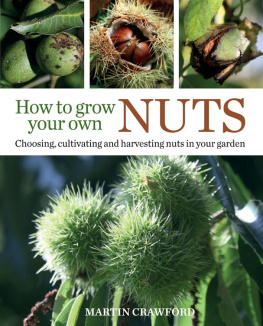
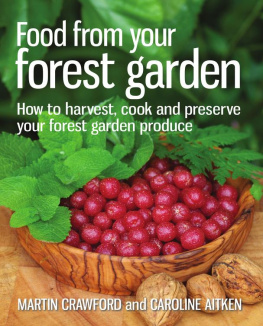

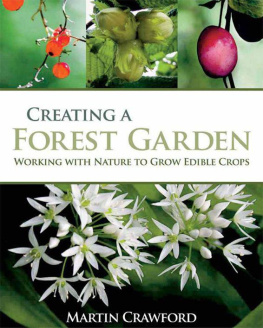

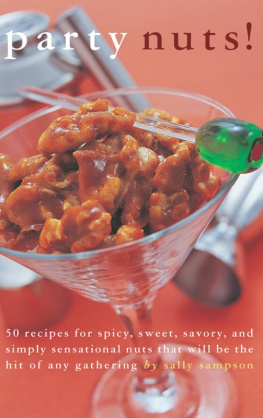


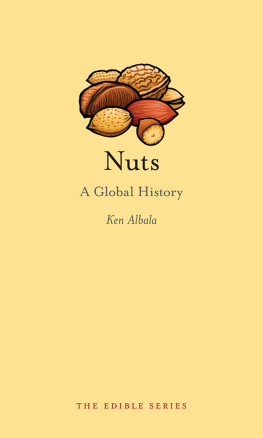
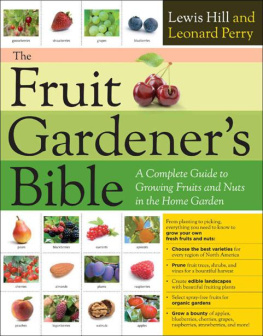


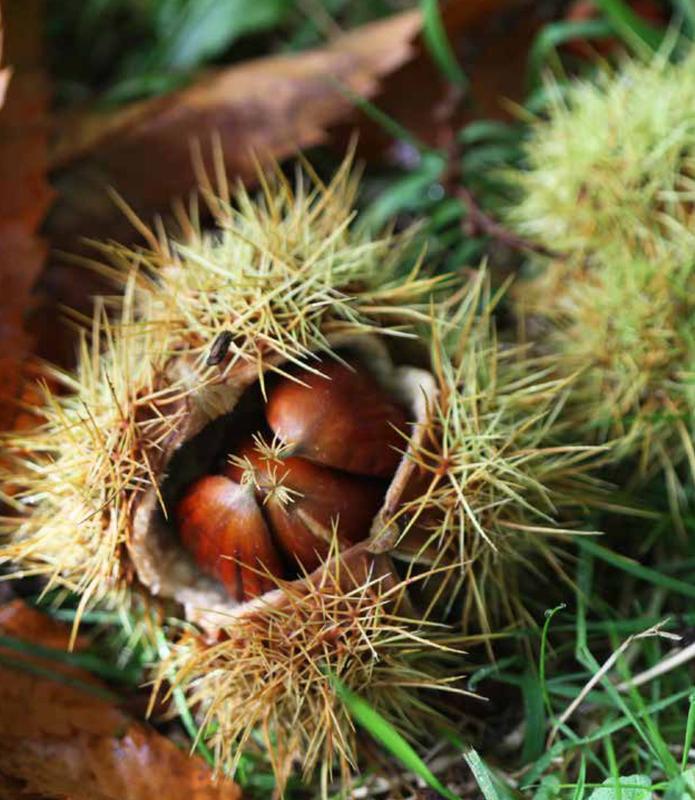

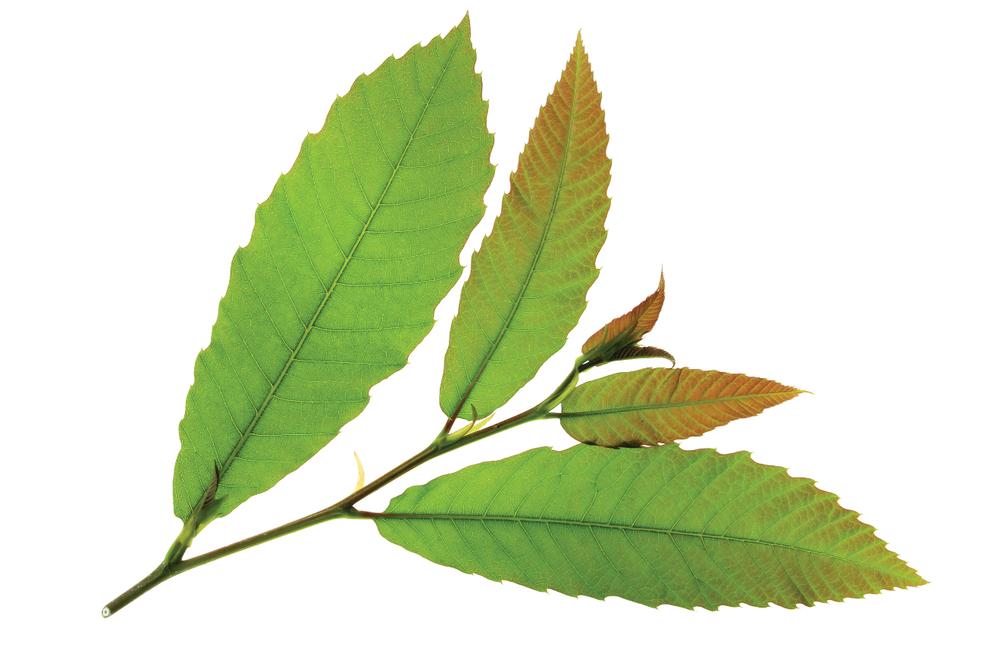
 eating 56g (2oz) of walnuts per day improves blood vessel wall function and cholesterol levels, reducing the risk of heart disease;
eating 56g (2oz) of walnuts per day improves blood vessel wall function and cholesterol levels, reducing the risk of heart disease;